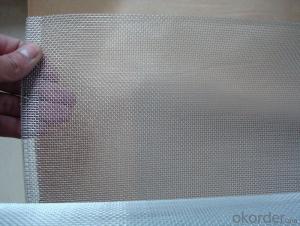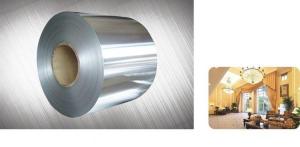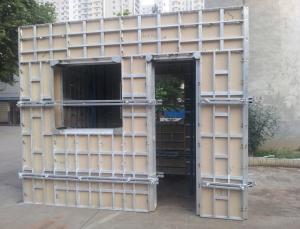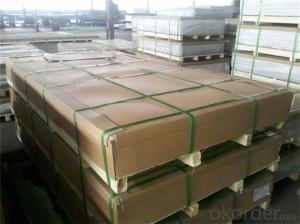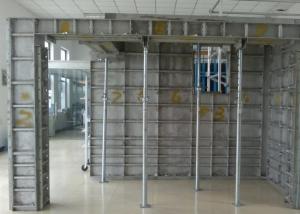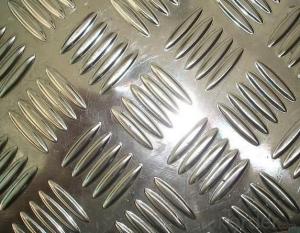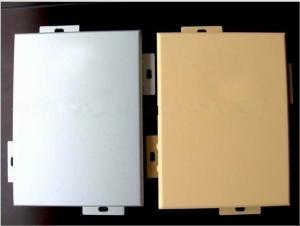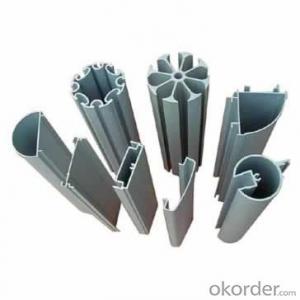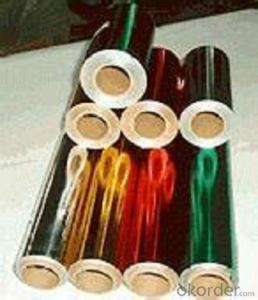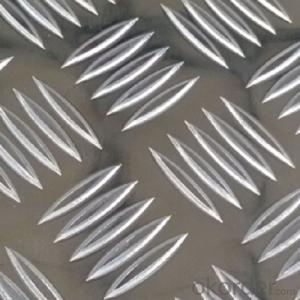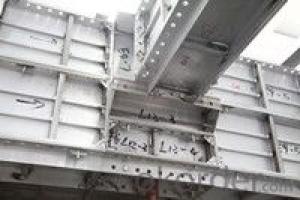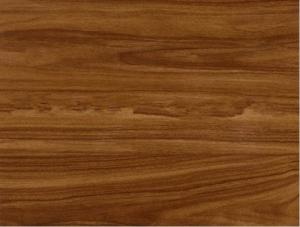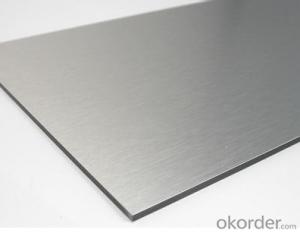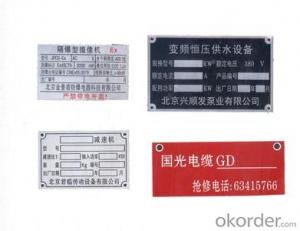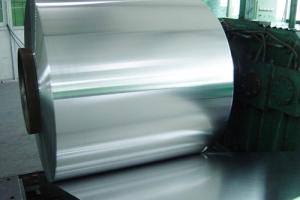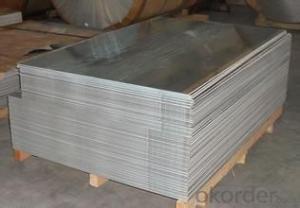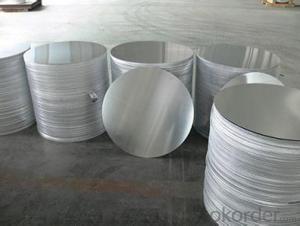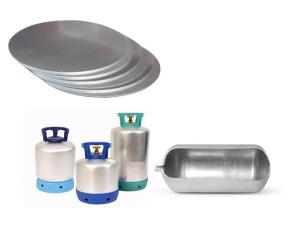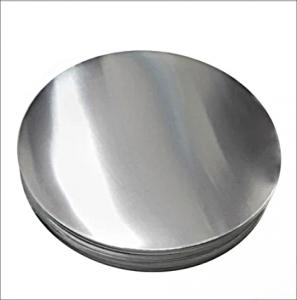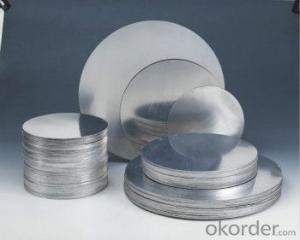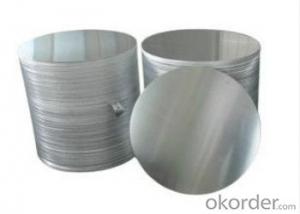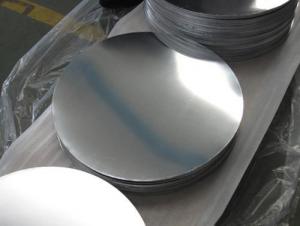Aluminum Plate Texture
Aluminum Plate Texture Related Searches
Textured Aluminum Plate Aluminum Plate Material Aluminum Foil Texture Aluminum Plate Thicknesses Density Of Aluminum Plate Thickness Of Aluminum Plate Texture Of Aluminum Foil Aluminum Plate Thickness Chart Aluminum Surface Plate Painting Aluminum Plate Aluminum Plate Sizes Aluminum Metal Plate Aluminum Wall Plate Aluminum Paper Plate Aluminum Cover Plate Aluminum Pressure Plate Aluminum Diamond Plate Material Aluminum Profile Plate Aluminum Flat Plate Aluminum Floor Plate Aluminum Pattern Plate Aluminum Diamond Plate Thickness Types Of Aluminum Plate Aluminum Plate Panels Aluminum Tread Plate Patterns Aluminum Cast Plate Forming Aluminum Plate Decorative Aluminum Plate Aluminum Dimple Plate Aluminum Base PlateAluminum Plate Texture Supplier & Manufacturer from China
Aluminum Plate Texture is a type of metal material that features a distinctive patterned surface, offering both aesthetic appeal and functional benefits. This product is known for its durability, corrosion resistance, and lightweight properties, making it a popular choice for various industries and applications. The textured surface of the aluminum plate not only adds a visually appealing finish but also provides improved traction and slip resistance, which is particularly useful in environments where safety is a concern.The aluminum plate texture is widely used in a range of applications, including architectural cladding, interior design elements, furniture, and signage. Its versatility allows it to be utilized in both commercial and residential settings, where its unique appearance can enhance the overall design and ambiance. Additionally, the textured surface can help to hide minor scratches and dents, making it a practical choice for high-traffic areas or spaces prone to wear and tear.
Okorder.com is a reputable wholesale supplier of aluminum plate texture, boasting a large inventory that caters to the diverse needs of customers. With a commitment to quality and customer satisfaction, Okorder.com ensures that the aluminum plate texture they provide meets the highest industry standards. Their extensive range of products allows customers to find the perfect match for their specific project requirements, whether it's for a small-scale home renovation or a large-scale commercial construction. By offering competitive prices and efficient shipping options, Okorder.com has established itself as a go-to source for aluminum plate texture and other metal materials.
Hot Products



